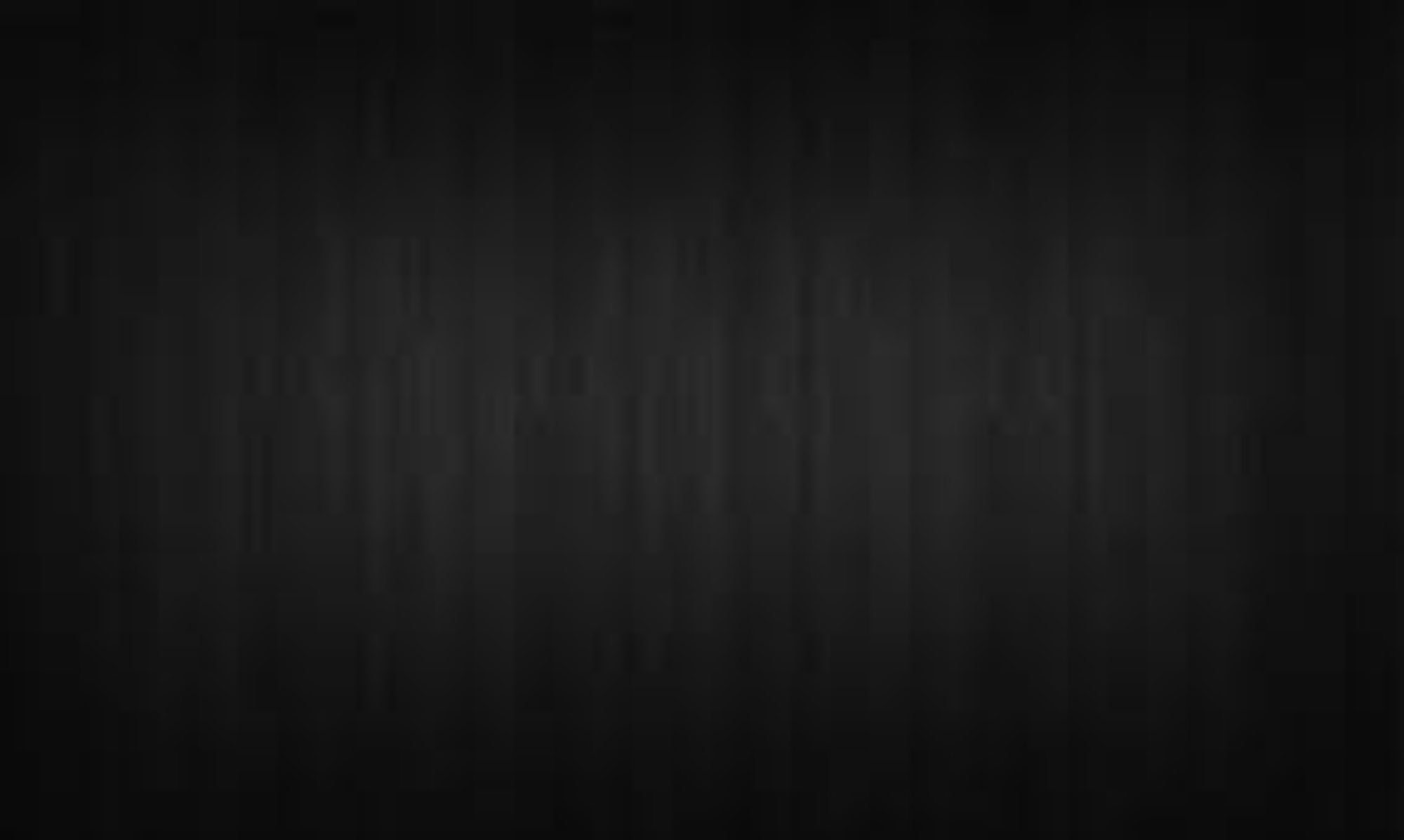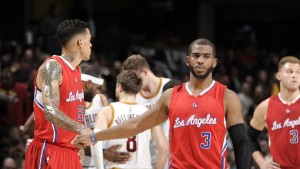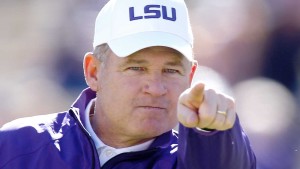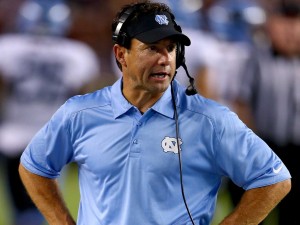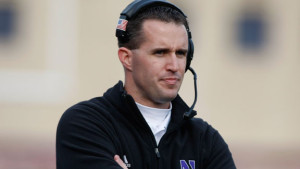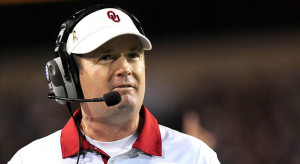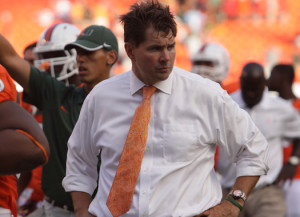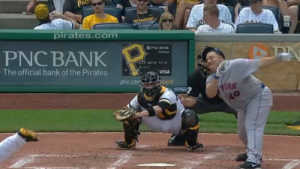Last night, the NBA held its annual ping pong tournament Draft Lottery in New York. While the 76ers had the possibility of acquiring three lottery picks, they will only be held to one because the Lakers held their top-five protected pick (moving up to #2) and the Heat held their top-10 protected pick (staying at #10). The Sixers acquired the third pick, however, while the Knicks fell to #4 after having the second best chance at the first overall slot. Orlando rounds out the top five, which was expected because they had the fifth best chance for #1 to start off with. So what does this all mean? Well…
The Timberwolves, sitting at the top of the draft, are in an unenviable position. While they have a great problem in choosing between Kentucky’s Karl-Anthony Towns and Duke’s Jahlil Okafor, they have an interesting and difficult decision to make. Do they draft the Power forward in Towns and leave the oft-injured and somewhat under-performing Nikola Pekovic in an center? Or, do they draft the center in Okafor and potentially leave the aging and regressing Kevin Garnett to haul a heavy load playing in what will likely be his last season in the NBA? Also, does the Big Ticket decide to come back? If he doesn’t, and Okafor is the choice, who plays the four? Again, it’s a good problem to have if you’re Minnesota, but it’s problem nonetheless.
The Lakers are sitting at two, and while their choice seems like a no-brainer, it is actually more of a trick question than you think. While it seems as if they would take whoever the T-Wolves don’t in front of them between Towns and Okafor, I think they could make it a surprise with this pick. With no point guards on the roster headed into next season (no, I’m serious) except for Jordan Clarkson, they could, and I emphasize could, take either Emmanuel Mudiay, who originally would have played at SMU this season and turned them into a championship contender, or Ohio State’s D’Angelo Russell here. It’s a stretch, but not a huge one. A much bigger stretch would be fast-rising Latvian big man Kristaps Porzingis, who has made waves for his shot creating and three point shooting. The Lakers need almost everything here, however, and Byron Scott has his own personal vendetta against 3-point shooting, so no Porzingis here. After all, I don’t really think he fits the Lakers anyway, but on a team with Nick Young and Kobe Bryant taking all the shots, who does?
At three, look for the 76ers to go point guard. The expected choice here and what seems to be the common sense one is Russell. He is one of if not the most polished offensive player in this year’s draft, and could have a season like that of Michael Carter-Williams two years ago. This works out perfectly for Philly, if Russell or Mudiay are available, and there’s no reason to think why at least one of them wouldn’t be there. However, if Towns of Okafor are avaiable, they most likely would not be taken here, as the last thing the Sixers need is big men. Again, this is a great position for Philly to be in here; with potentially no Towns or Okafor available here, they can still get their point guard of the future, whoever that may be.
This is just the first three picks. The rest of the night is a litany of fun, trades, and booing that gives us plenty to salivate over until October. Until then, we wait for the draft. I hope to do a mock draft at some point, but the Playoffs will have to hold us over until then.
